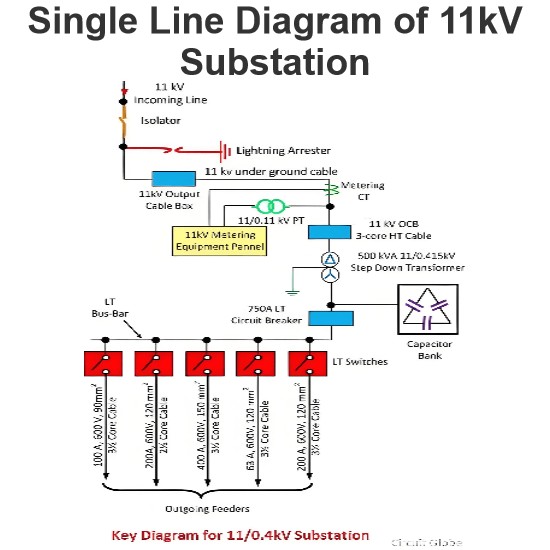
Single Line Diagram of 11kV Substation
A substation supplies energy to the local area where the power lines are located. Its primary function is to gather the high - voltage energy transmitted from the generating station and then step down the voltage to a suitable level for local distribution. Additionally, it provides facilities for switching operations.There are two main types of substations. One is the simple switching - type substation, which is responsible for establishing different connections between transmission lines. The o
Edwiin
03/14/2025
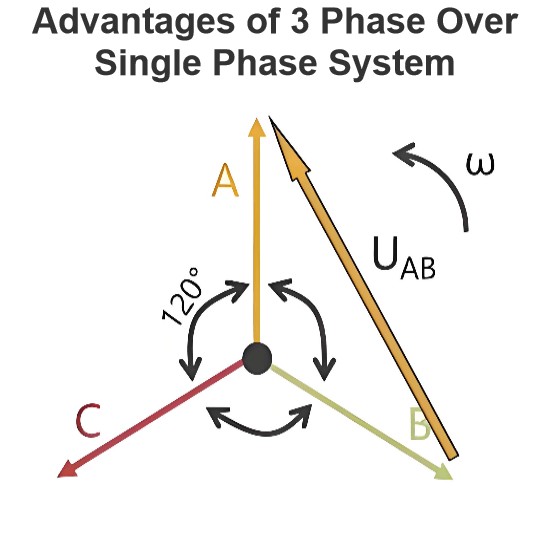
Advantages of 3 Phase Over Single Phase System
A three - phase system features three live conductors, supplying 440V power to large consumers. In contrast, a single - phase system has only one live conductor and is mainly used for domestic applications. Here are the key advantages of a three - phase system over a single - phase system:Higher RatingThe rating, or output, of a three - phase machine is approximately 1.5 times that of a single - phase machine of the same size.Constant PowerIn single - phase circuits, the power delivered is pulsa
Encyclopedia
03/05/2025
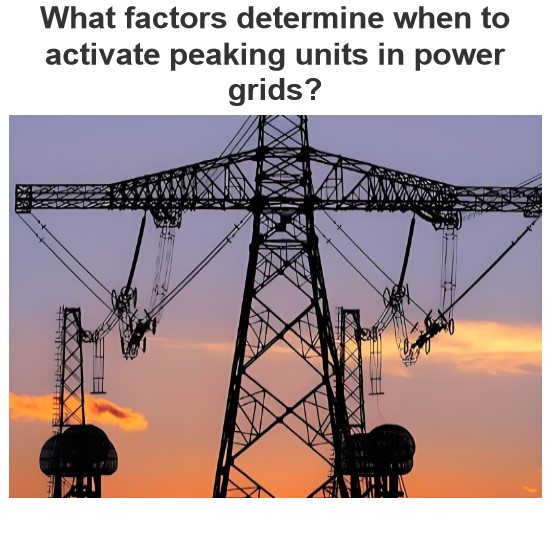
What factors determine when to activate peaking units in power grids?
Factors Determining When to Start Grid Peaking UnitsThe timing for starting grid peaking units is primarily determined by multiple factors to ensure the stable operation and efficient use of resources in the power system. Below are the main factors that influence when to start peaking units:1. Load Demand Variations Peak Load Periods: During times when grid load reaches or approaches its peak (such as during working hours or summer air conditioning usage peaks), additional generation capacity is
Encyclopedia
01/14/2025
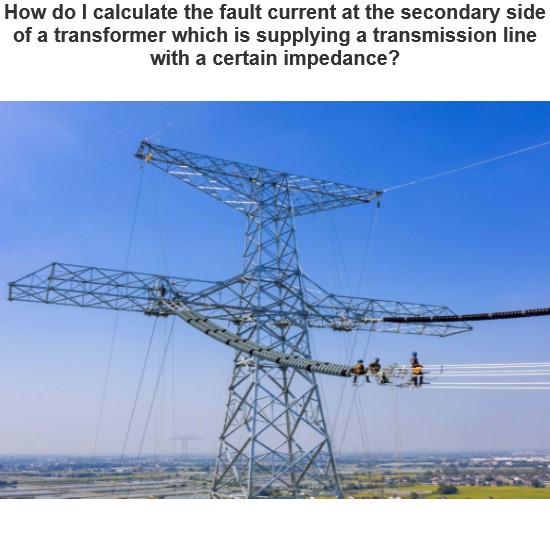
How do I calculate the fault current at the secondary side of a transformer which is supplying a transmission line with a certain impedance?
Calculating the fault current (short-circuit current) on the secondary side of a transformer supplying a transmission line is a complex process that involves multiple parameters of the power system. Below are the steps and relevant formulas to help you understand how to perform this calculation. We will assume the system is a three-phase AC system, and the fault occurs on the transformer's secondary side.1. Determine System ParametersTransformer Parameters: Rated capacity of the transformer rate
Encyclopedia
12/23/2024
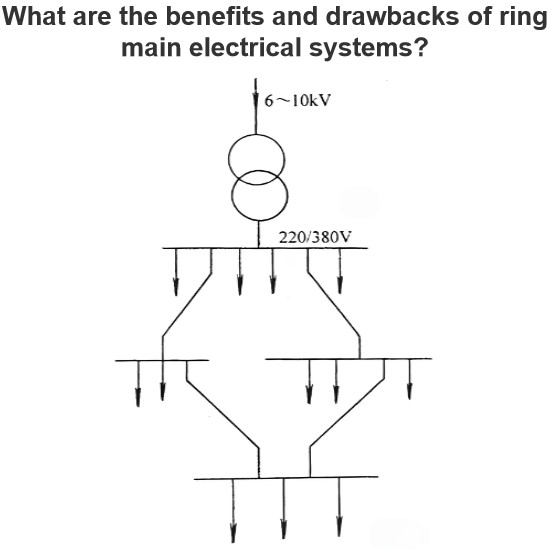
What are the benefits and drawbacks of ring main electrical systems?
Advantages and Disadvantages of a Ring Main Electrical SystemA ring main electrical system is a common topology for distribution networks, especially in medium-voltage and low-voltage power distribution systems. It connects multiple loads or distribution points in a closed loop to distribute electricity. Below are the advantages and disadvantages of a ring main electrical system:I. AdvantagesHigh Reliability Redundant Power Supply: A ring system has two paths for power supply. Even if one sectio
Encyclopedia
12/12/2024
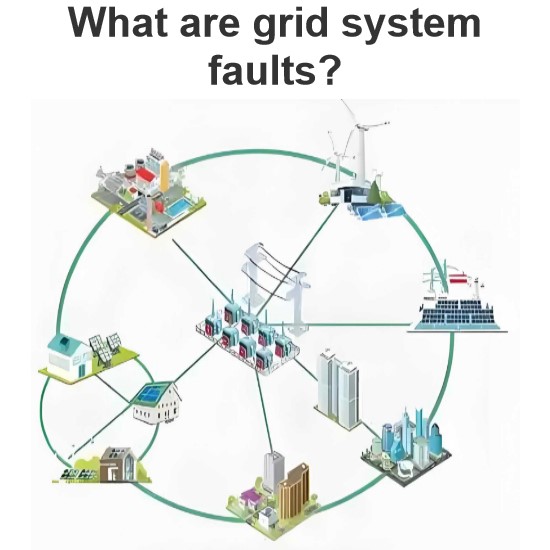
What are grid system faults?
Types of Faults in Power Grid SystemsPower grid system failure refers to various abnormal conditions that occur in the power system. These faults may affect the normal operation of the power system, leading to equipment damage, power outages, and other issues. The following are several common types of faults in power grids:1. Short circuit faultShort circuit fault refers to the phenomenon in which the impedance between conductors of different phases in a power system, or between a conductor and
Encyclopedia
12/03/2024
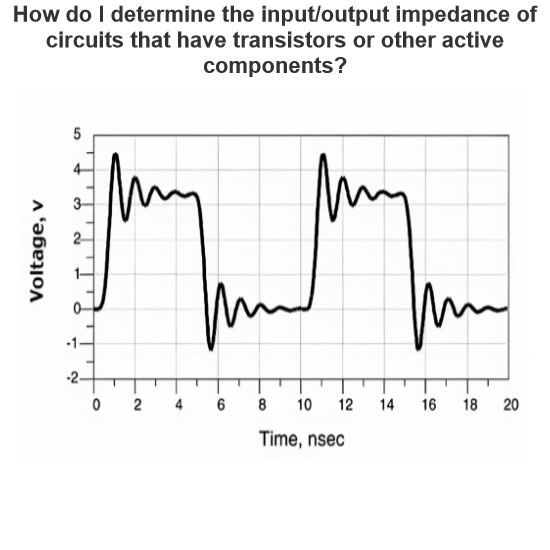
How do I determine the input/output impedance of circuits that have transistors or other active components?
Determining the input/output impedance of circuits with transistors or other active components is an important step to understand the performance and matching characteristics of the circuit. Here are some common methods and techniques for determining these impedances:1. Analytical MethodsInput ImpedanceSmall-Signal Model: Use the small-signal model of the transistor (such as common-emitter, common-base, common-collector, etc.) to analyze the input impedance.Common-Emitter Amplifier: The input im
Encyclopedia
10/28/2024
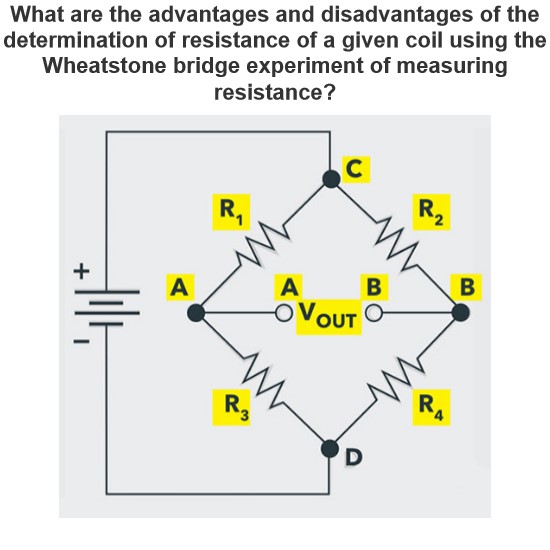
What are the advantages and disadvantages of using Wheatstone bridge to measure resistance experiments?
Advantages and Disadvantages of Measuring the Resistance of a Given Coil with a Wheatstone Bridge1. Advantages(I) High precision and accuracyThe Wheatstone bridge is based on the principle of proportional measurement, measuring by comparing known and unknown resistances (in this case, the unknown resistance is the resistance of the given coil). This method of measurement is highly sensitive to changes in resistance values and can achieve a high degree of measurement accuracy. For example, under
Encyclopedia
10/12/2024
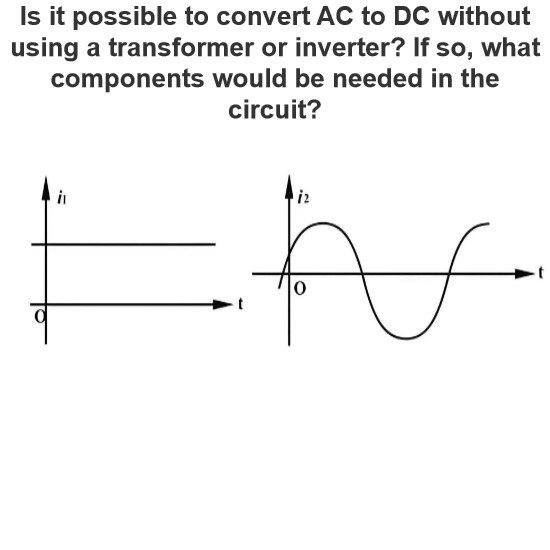
Is it possible to convert AC to DC without using a transformer or inverter? If so, what components would be needed in the circuit?
Converting alternating current (AC) to direct current (DC) is typically achieved using a rectifier (Rectifier). While transformers and inverters play crucial roles in power systems, they are not essential for converting AC to DC. In fact, this conversion can be accomplished with a basic rectifier circuit. Here is how AC can be converted to DC without using transformers or inverters and the main components required in the circuit:1. RectifierA rectifier is a circuit that converts AC to DC. Common
Encyclopedia
10/12/2024
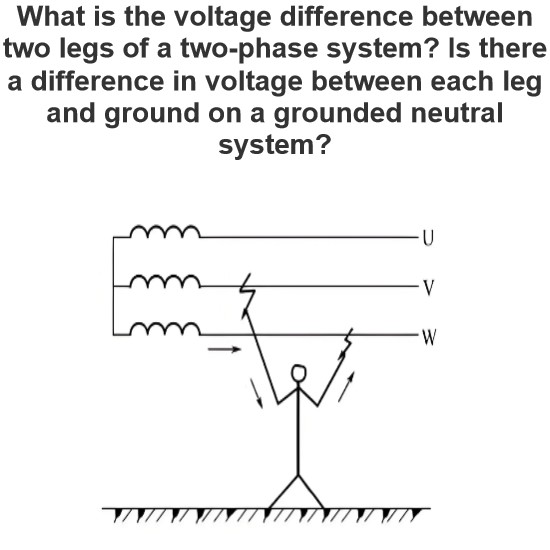
What is the voltage difference between two legs of a two-phase system?
When discussing voltage differences in two-phase systems and between each pole and the ground in a grounded neutral system, we need to clarify some basic concepts.Two-phase systemTwo-phase systems are not common in modern power systems, but have been used at certain times in history. Two-phase systems usually come in two forms: four-wire and two-wire.Four-wire two-phase systemIn this system, the two sets of coils are 90 degrees out of phase and there are two neutral lines connected together. The
Encyclopedia
10/05/2024










